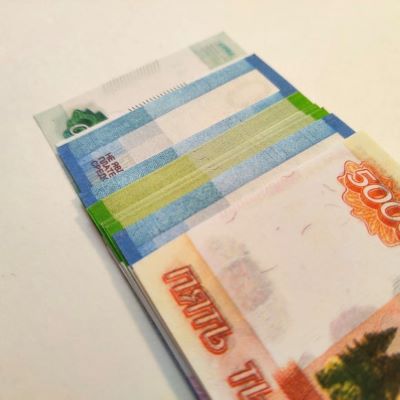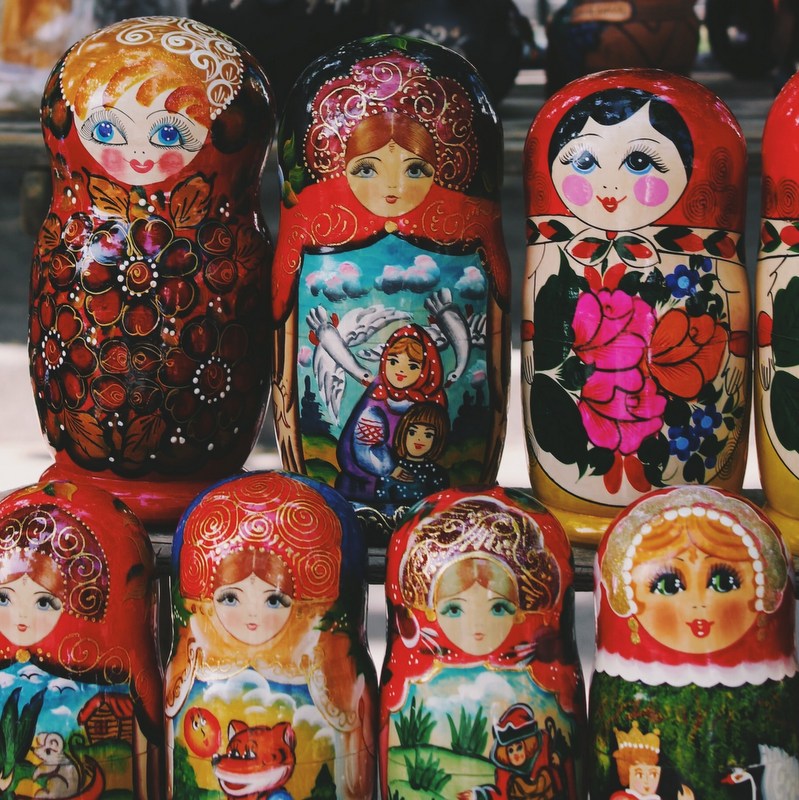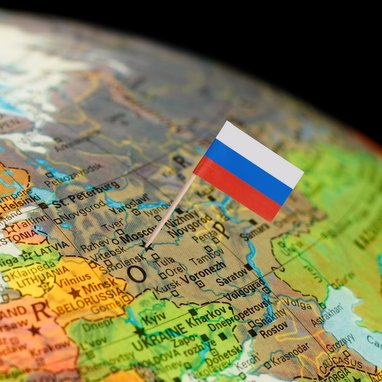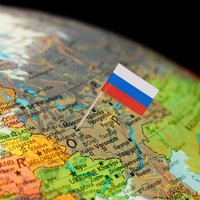Rouble tumbles following Russia’s invasion of Ukraine

On Tuesday, the rouble pared some of the previous day’s heavy losses, as it plunged around 29% against the dollar on Monday morning, an all-time low, under pressure on foreign markets from Western sanctions
Following the Russia’s invasion of Ukraine on the 24th of February, the EU, along with the US and the UK, have cut off major Russian banks from financial markets in the West, prohibiting dealings with the central bank, state-owned investment funds and the finance ministry.
To counter, Russian authorities have ordered exporting companies, among which are some of the world’s biggest energy producers (such as Gazprom and Rosneft), to sell 80% of their forex revenue on the market. This has helped the Russian Central Bank to stabilize the market, as its own ability to intervene on currency markets was limited. The institution also propelled an emergency rate hike from 9.5% to 20%.
The impact of Western sanctions is already visible on Russian streets. Videos on social media have been showing long queues forming at cash machines and money exchanges: people are concerned that their bank cards may stop working or that limits will be placed on the amount of cash to be withdrawn. Chris Weafer, who is Chief Executive at Consultancy firm Micro-Advisory, based in Moscow, declared to the BBC that “this set of sanctions is hitting ordinary Russians to an extent that previous sanctions have not and people are now becoming aware of that”.
The rouble’s volatile history
The current devaluation of the rouble recalls previous crisis. The currency lost much of its value in the early 1990s, after the end of the Soviet Union. The skyrocketing inflation and loss of value overtime led the Government to lop three zeros off rouble notes in January 1998. Before this move, 1 US dollar was worth around 6 000 roubles, and from that point it was worth 6 roubles.Next came a further drop following the 1998 financial crisis, in which numerous Russian banks collapsed, and many citizens lost their savings. In less than a month, the rouble plunged from 6 to 16 versus the dollar, eventually stabilizing at around 24 roubles to the dollar. This crisis caused a severe decline in imports to Russia, though the devaluation strengthened demand for domestic production seen as crucial to the country's rebound from economic calamity.
Russia enjoyed then nearly a decade of strong economic growth, supported by the high oil prices, but it ended up also being hit by the global economic crisis of 2008. In early August of that year, the rouble was trading at a high of 23.4 to the dollar, but shed 35% of its value against the dollar by January 2009. The Russian government embarked on a policy of "controlled devaluation" to deal with the crisis, using foreign reserves to temper the rouble’s decline.
In 2014, the country saw another plunge due to falling oil prices and the Western sanctions following the annexation of Crimea. Sergei Guriev, a Russian economist and a former member of Sberbank’s supervisory board, explained to Radio Free Europe/Radio Liberty that “the rouble is the function of two variables: one is oil price, and the other one is capital outflow. Oil prices are going down, and this is not homegrown. But capital outflow, and lack of capital inflow is homegrown in the sense that it is a function of foreign policy adventures and sanctions, and also lack of reforms that undermine the belief of the investors in the future of Russian economic growth".
Continued devaluation of the rouble
Economists and analysts concur that the devaluation of the Russian currency will mean a drop in the standard of living for the average Russian. Chris Weafer also said to the BBC that he is beginning to see “queuing in some grocery stores, particularly people buying some goods that they think might come into short supply due to trade restrictions or maybe will be subject to big price increases because of the rouble devaluation”.Russia relies on a large amount of imported goods, and the prices for those are likely to increase in coming weeks. Foreign travel will become more expensive, as their roubles will buy less currency abroad, and price shocks and supply-chain disruptions can cause Russian factories to shut down from lower demand.
“People are a lot more fearful. There is already talk about some companies having to either go on reduced working hours, or even suspend production because they're not able to access maybe key parts from the West due to sanctions or due to trade limitations, so there's a great deal of concern on the street”, added Chis Weafer to the BBC.
Footwear industry
According to the World Footwear 2021 Yearbook (more information available HERE), Russia, despite having a significant footwear industry, the 14th largest in the world, is among the world’s top 15 importers of shoes and is also the 10th greatest consumer. China is by far Russia’s most important supplier, having sold 1 360 million US dollars in 2020, being followed by Vietnam and Italy.Last year, Russia purchased 3.73 million pairs of Italian shoes, worth 274.1 million euros, the largest figure among the EU countries, which in total, exported 628.2 million euros (of shoes) to Russia. However, the number of European shoe exports hardly compares to the figure recorded in 2013, 1.21 billion euros, which shows the decline in the footwear trade between the Russian Federation and the EU, in the aftermath of the Crimea’s annexation.
Crimea’s annexation
Since 2014, Russia has been enlarging the size of its foreign exchange and gold reserves to around 640 billion US dollars, which, in theory, would help to stabilize the rouble in case of a panic market and volatility. Around half of the country’s reserves are held in dollars and euros, about 20% in gold, and about 13% in yuan. Nonetheless, the sanctions imposed by the US, EU and UK against the central bank are likely to render a lot of these reserves useless.It remains to be seen, however, how China and Russia’s relationship will play out in the future. According to Quartz, in 2021, the countries bilateral trade hit a record high of 146.9 billion US dollars. Alongside the growing trade, Russia has shifted away from the use of US dollars in its trade with China, increasingly preferring to use the yuan as a settlement currency. The the country is also the biggest recipient of loans from China’s official institutions, and they may continue lending to Russia.
The Chinese reaction to the annexation of Crimea was somehow mute, with the Asian giant abstaining from its condemnation in the UN Council and exhibiting some economic restraint regarding support given to Russia. At this point, China was looking to strengthen its political and economic bond with the EU and the US. Today, however, China and the US are clashing in several fields and European countries are growing suspicious of Chinese intentions. Some analysts argue that China has less to lose from supporting Russia’s aggressive foreign policy than it had a decade ago.
Image Credits: Vardan Papikyan on Unsplash















